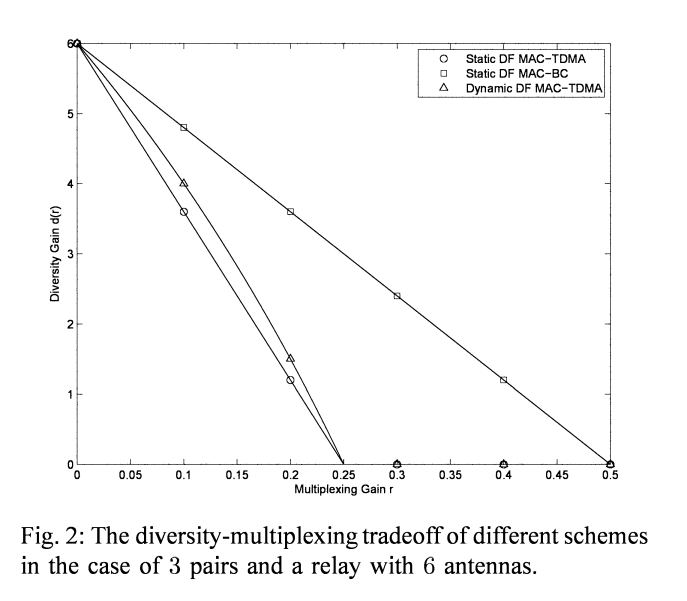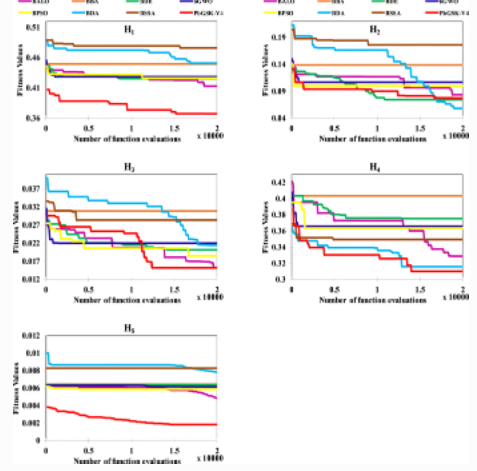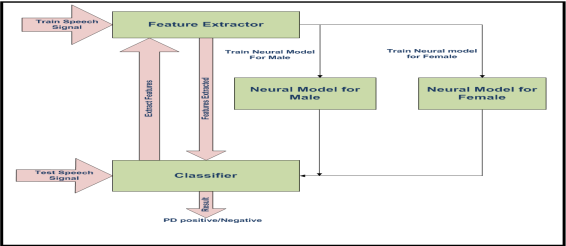
The MIMO wireless switch: Relaying can increase the multiplexing gain
This paper considers an interference network composed of K half-duplex single-antenna pairs of users who wish to establish bi-directional communication with the aid of a multiinput-multi-output (MIMO) half-duplex relay node. This channel is referred to as the "MIMO Wireless Switch" since, for the sake of simplicity, our model assumes no direct link between the two end nodes of each pair implying that all communication must go through the relay node (i.e., the MIMO switch). Assuming a delay-limited scenario, the fundamental limits in the high signal-to-noise ratio (SNR) regime is analyzed using the diversitymultiplexing tradeoff (DMT) framework. Our results sheds light on the structure of optimal transmission schemes and the gain offered by the relay node in two distinct cases, namely reciprocal and non-reciprocal channels (between the relay and end-users). In particular, the existence of a relay node, equipped with a sufficient number of antennas, is shown to increase the multiplexing gain; as compared with the traditional fully connected K-pair interference channel. To the best of our knowledge, this is the first known exam pIe where adding a relay node results in enlarging the pre-log factor of the sum rate. Moreover, for the case of reciprocal channels, it is shown that, when the relay has a number of antennas at least equal to the sum of antennas of all the users, static time allocation of decode and forward (DF) type schemes is optimal. On the other hand, in the non-reciprocal scenario, we establish the optimality of dynamic decode and forward in certain relevant scenarios. © 2009 IEEE.


